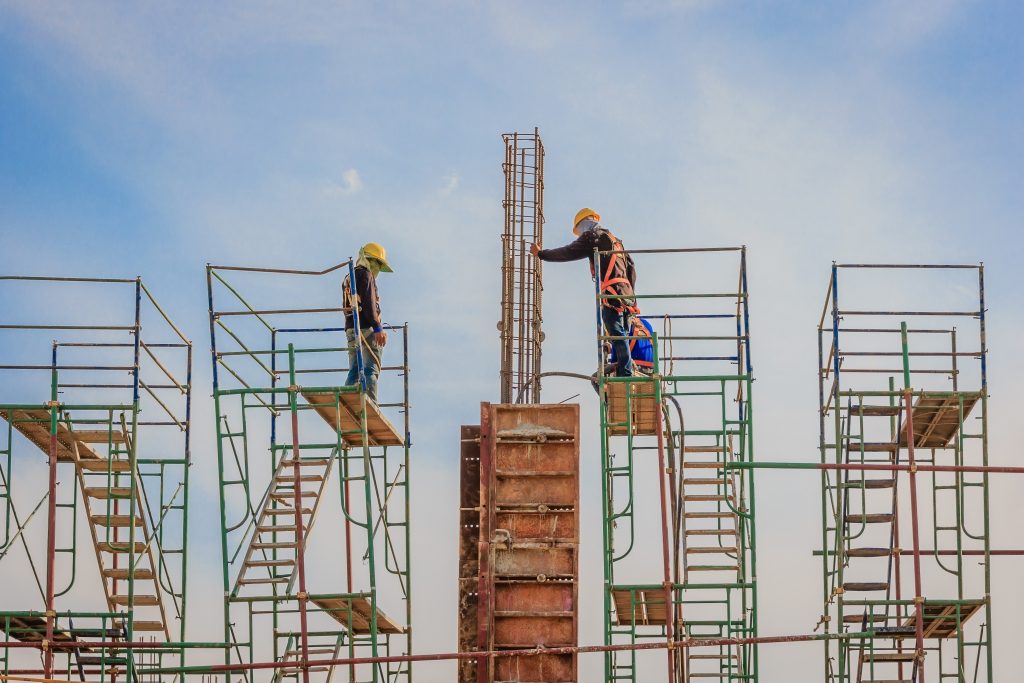Green Construction Practices
Introduction
Green construction practices have gained significant attention in recent years due to their positive impact on the environment and sustainability. These practices aim to reduce the ecological footprint of construction activities and promote the use of renewable resources.
Energy-Efficient Design
One of the key aspects of green construction practices is the implementation of energy-efficient design. This involves optimizing building orientation, insulation, and using energy-efficient materials. By reducing energy consumption, buildings can minimize their carbon emissions and contribute to a greener future.
Sustainable Materials
The use of sustainable materials is another vital component of green construction practices. Instead of traditional materials that deplete natural resources, builders are encouraged to use recycled, reclaimed, or renewable materials. For instance, bamboo is a popular choice due to its fast growth and durability.
Water Conservation
Water conservation is also a crucial aspect of green construction practices. Builders can incorporate features such as rainwater harvesting systems, low-flow fixtures, and efficient irrigation systems. These measures help reduce water consumption and preserve this precious resource.
Waste Management
Proper waste management plays a significant role in green construction. Construction sites generate a substantial amount of waste, but adopting practices like recycling and reusing materials can significantly reduce landfill waste. Additionally, implementing construction waste management plans can help ensure responsible disposal of waste.
Green Building Certifications
Green building certifications, such as LEED (Leadership in Energy and Environmental Design), have become increasingly popular. These certifications provide recognition for buildings that meet specific criteria for energy efficiency, sustainable materials, and overall environmental performance. Obtaining such certifications can enhance a building’s market value and promote sustainable practices.
Conclusion
Green construction practices have revolutionized the construction industry by prioritizing sustainability and environmental responsibility. By implementing energy-efficient designs, using sustainable materials, conserving water, managing waste effectively, and aiming for green building certifications, the industry can contribute significantly to a greener and more sustainable future.
